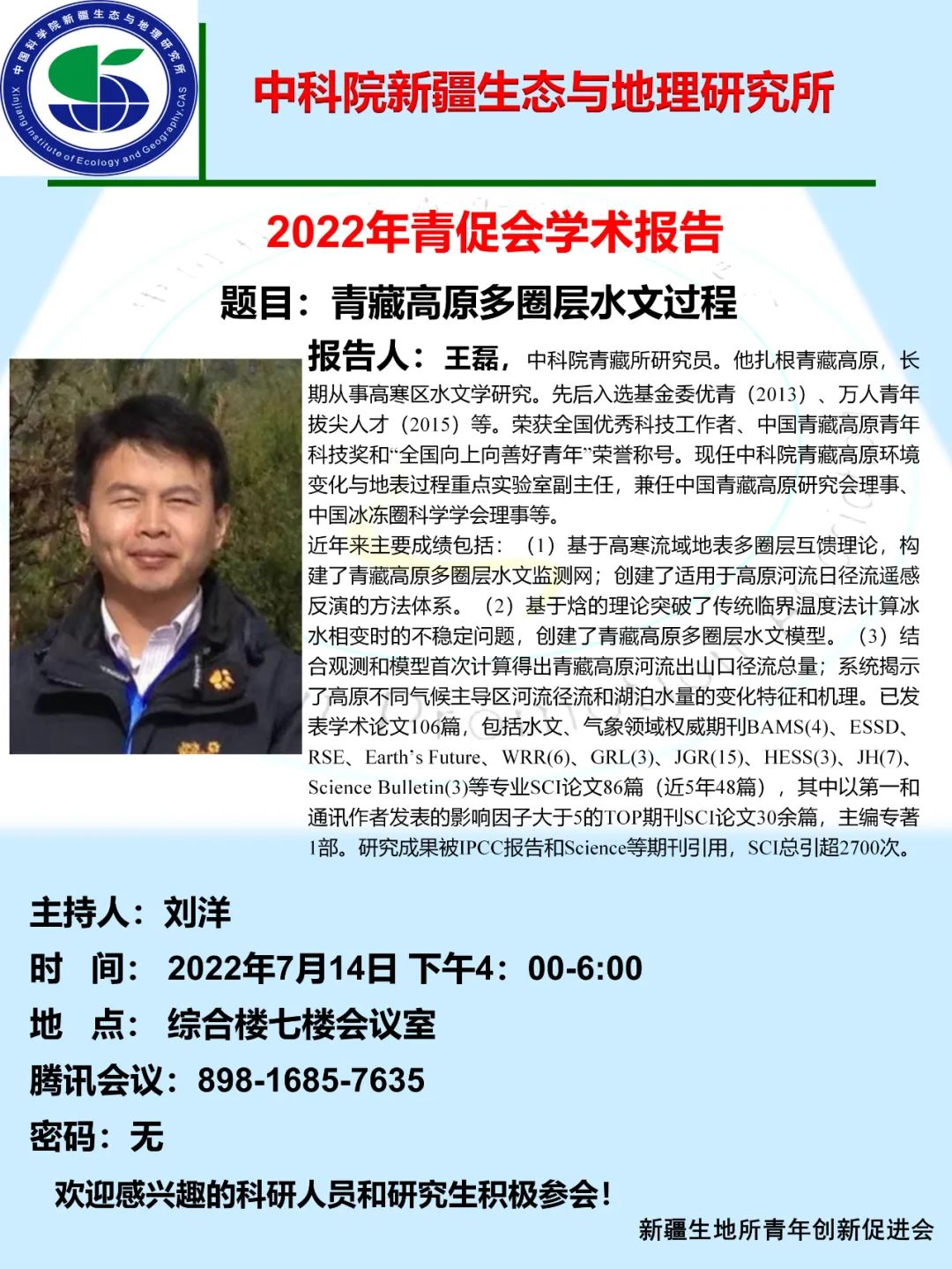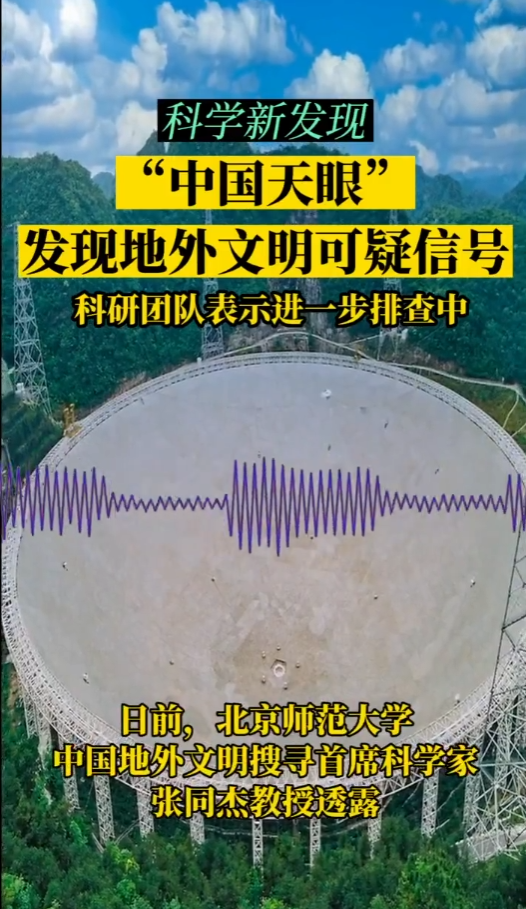Cutting -edge | How to help the "full electrification" era?
Author:Lenovo Holdings Time:2022.07.11

With the improvement of battery technology and the continued high oil prices, the penetration rate of new energy vehicles has risen. However, in the face of huge demand, traditional liquid lithium batteries are approaching the ceiling in terms of energy density and safety. In this regard, the industry generally believes that solid -state batteries will become the next trillion -level super tracks with their high safety and high -scale energy technical advantages, and it is also the final solution for battery technology.
High -energy density solid battery

Picture source: "China Solid -state Battery Technology Development in 2022"
Solid -state batteries refer to lithium ion batteries using solid electrolytes. Depending on the electrolytes, solid -state batteries can be divided into semi -solid, quasi -solid, and full solid lithium batteries. Compared with the traditional liquid lithium battery, solid -state batteries can increase the energy density of the battery and have the characteristics of non -flammable, high temperature resistance, non -corrosion, and volatilization.
From the perspective of product composition and working principle, traditional lithium -ion batteries are mainly composed of positive and negative polar materials, electrolytes and diaphragms. The solid battery uses solid electrolytes to replace the electrolyte and diaphragm of traditional lithium -ion batteries. The difference between solid lithium batteries and traditional lithium batteries is that the electrolyte of the battery is solid, that is, the place where lithium ion migration is transferred to the solid electrolyte. With the continuous upgrade of the positive pole material, solid electrolytes can make better adaptation, which is conducive to improving the energy density of the battery system. In addition, the insulation of the solid electrolyte enables it to act as the function of the diaphragm, which can well block the battery positive and negative electrode to avoid short circuits.
From the perspective of battery materials, solid -state lithium batteries can be divided into three major systems -polymers, oxides and sulfide systems. Looking at the development of the global solid -state battery industry, the above three systems have made progress. Among them, European and American companies prefer a polymer and oxide system, and Japanese and Korean companies are more keen on the sulfide system. my country is more decentralized, and the three systems have researchers.
It has not been applied in scale, and the global scrambling to lay out

At present, solid -state batteries are still in the stage of R & D technology. Although there are still more difficulties and challenges to overcome, solid batteries have become the future development route of most major lithium battery manufacturers.
For example, the Ningde era invested by Junlian Capital, it announced two kinds of solid -state battery -related patents in early 2022, and said that in the future, metal lithium will be used as negative electrode materials. In the end More than 2 times.
In addition, the company's investment in the company's investment enterprises Tailan New Energy is based on a self -developed high -electronic oxide solid electrolyte material and electrolyte import process equipment. Suciting breakthroughs in key performance indicators have reached the world's leading level.
In the field of application, with the advantages of its own safety and flexibility, solid -state batteries are expected to be the first to be applied to the field of micro -batteries with less sensitivity to cost, such as implanted medical equipment, wireless sensors, etc. penetration.
Break through the technical bottleneck, the development prospects are bright

The core of solid -state battery technology is the innovation of electrolyte, and the ultimate goal is to achieve the full solidization of electrolyte. In the long run, the technological development and application trend of solid -state batteries will present the process of "step penetration".
According to the prediction of the Head Panther Research Institute, by 2025, the lithium battery of the solid -state polymer will be successfully developed and achieved small -scale mass production; by 2030, the market may introduce competitive performance indicators, and solid -state hybrid electrolytes and solid ceramic electrolytes It is already in the stage of application research or basic research; after 2030, solid -state batteries will be able to achieve 400Wh/kg energy density and can be fully circulated by 1,000 or more. On the whole, the global solid power battery market will still have great development space and potential increase in the future.
All -solid -state batteries are recognized as one of the emerging technical directions that are expected to break through the bottleneck of electrochemical energy storage technology and meet future development needs. Combined with the country's guidance guidelines for energy development, the needs of electrochemical energy storage in the fields of user side and renewable energy grid -connected facilities are expected to usher in rapid growth, and the development of solid -state batteries is clear. According to Guohai Securities, global solid battery shipments in 2030 may exceed 250GWh, and the market space is expected to reach more than 150 billion yuan.
- END -
Academic Report of the Youth Promotion Council of Xinjiang Shengcheng | Multi -layer hydrological process of Qinghai -Tibet Plateau

Planning: Youth Promotion AssociationResponsible editor: Yan Haiyu/Liu Jie
China finds a suspicious signal of outdoor civilization!Netizen: Don't answer!

Liu Cixin's science fiction work Three Body,A plot has always been talked about.Wh...